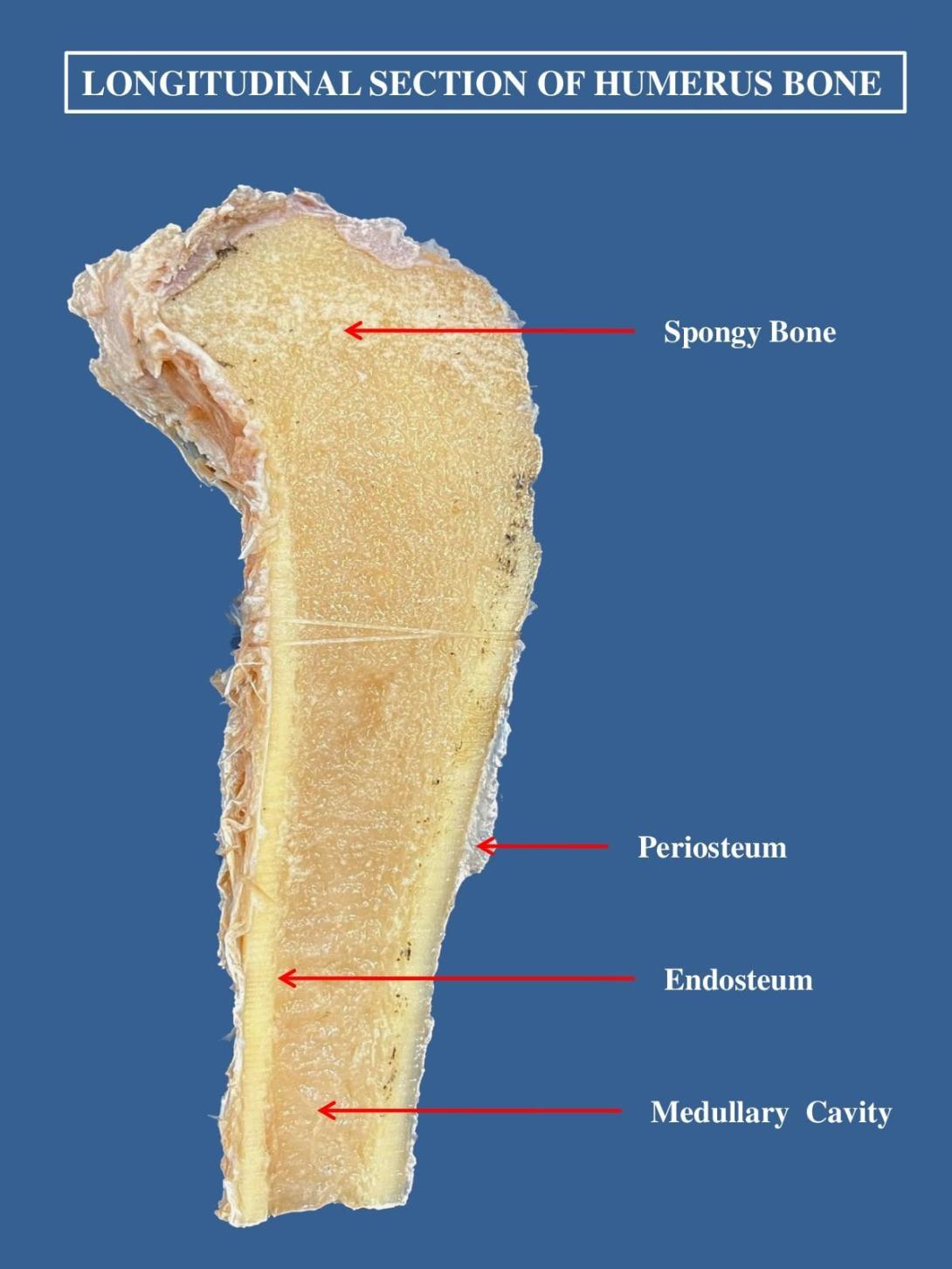The tibia is a medial and large long bone of the lower extremity, connecting the knee and ankle joints. It is considered to be the second largest bone in the body and it plays an important role in weight bearing.[1] Osteologic features of the tibia include medial and lateral condyles, the tibial plateau, the tibial tuberosity, the soleal line, the medial malleolus, and the fibular notch.
Osteologic Features
Tibial plateau
The proximal end of the tibia terminates in a broad, flat region called the tibial plateau. The intercondylar eminence runs down the midline of the plateau, separating the medial and lateral condyles of the tibia. The two condyles form a flat, broad surface for articulation with the medial and lateral condyles of the femur.[2]
Shaft
The tibial tuberosity is a palpable bony prominence located on the anterior surface of the proximal shaft of the tibia. On the posterior aspect of the tibia, the soleal line runs diagonally in a distal-to-medial direction across the proximal third of the tibia.[2]
Lateral Distal End
The lateral aspect of the distal tibia forms the fibular notch, creating an articulation between the distal tibia and fibula, the distal tibiofibular joint.[3]
Medial Distal End-Medial Malleolus
The medial malleolus is the medial surface of the distal portion of the tibia.[4] It is prolonged downward to form a strong pyramidal process and flattened from without, inward.
The medial surface of this process is convex and subcutaneous. The lateral, or articular surface, is smooth and slightly concave, and articulates with the talus. The anterior border is rough, for the attachment of the anterior fibers of the deltoid ligament of the ankle joint. The posterior border presents a broad groove, the malleolar sulcus, directed obliquely downward and medially, and occasionally double; this sulcus contains the tendons of the tibialis posterior and flexor digitorum longus. The summit of the medial malleolus is marked by a rough depression behind, for the attachment of the deltoid ligament.

